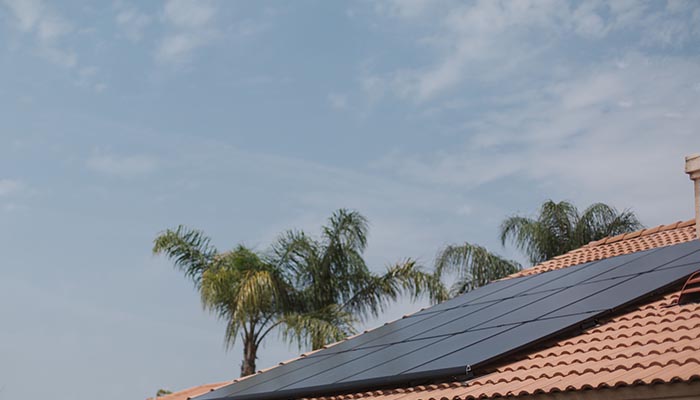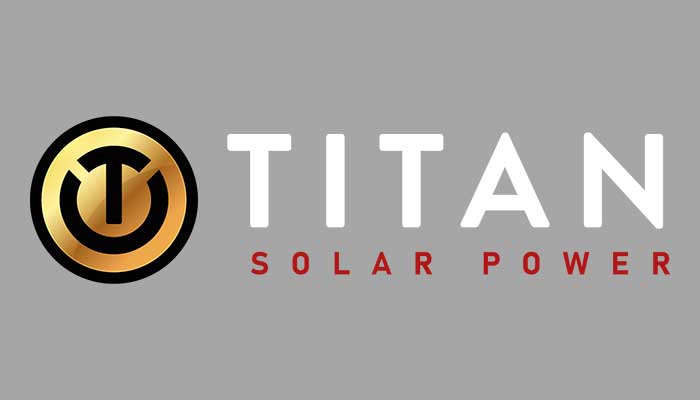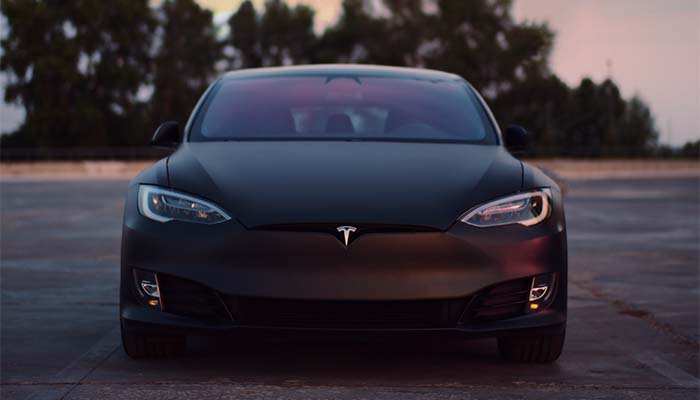
Updated January 1, 2022
When you’re deciding whether or not to install a solar system, you want to know if your investment is going to pay off. And your solar panels’ lifespan is a big part of that equation. So, how long do solar panels last?
In general, solar panels have a lifespan of 25 to 30 years. That said, there are many variables involved, and a solar panel doesn’t normally die all at once. Instead, they degrade slowly over time.
To understand how long your solar system is likely to last, you need to understand these variables. Let’s talk about how solar panels degrade, and what you can do to make them last longer.
What Is a Solar Panel’s Useful Lifespan?
Unless they’re covered in snow or other debris, solar panels will continue to provide power for several decades. Physical damage to the panels themselves is rare. There aren’t any moving parts, so unless a tree falls on them, there’s nothing that can really break.
However, the solar cells slowly lose their ability to generate power. When that loss of capacity becomes significant, the panels are said to have reached the end of their useful lifespan. In the case of most modern solar panels, that’s around 25 to 30 years after installation.
How do Solar Panels Age?
One reason solar panel lifespan can be tough to track is that the technology is advancing rapidly. In 2012, the National Renewable Energy Laboratory (NREL), conducted a study. In this study, they found that every year, the average solar panel loses 0.8% of its original output.
In a follow-up study in 2018, NREL found an average annual degradation rate of 0.5%. That’s almost a 50% improvement in only six years!
Keep in mind that this is only an average. A lot depends on the actual solar panels you invest in. Some cheaper panels will degrade by 1% per year, or even more. Cutting-edge premium panels can degrade by as little as 0.3%.
Let’s take a look at how this works in a couple of examples.
Example 1: Your new solar system produces an average of 10,000kwh per year. This is a lower-end system, and it degrades at 0.8% per year. If we do the math, that’s a loss of 80kwh per year. After 10 years, that panel will produce approximately 9,200kwh. After 20 years, it will produce only 8,400. After 30 years, it will be producing a mere 7,600kwh of power.
Example 2: Your new solar system produces an average of 10,000kwh per year, but it’s a higher-end system, and it degrades at 0.3% per year. After 10 years, it will still be producing 9,700kwh of power. After 20 years, that will have dropped to around 9,400kwh. After 30 years, it will be outputting a remarkable 9,100kwh, only slightly less than the cheaper system produced after 10 years.
As you can see, it can pay to invest more money in a longer-lasting solar system. Here’s a quick look at how fast a system will degrade, depending on its degradation rate:
| Degradation rate | Power remaining after 10 years | After 20 years | After 30 years |
| 1% | 90% | 80% | 70% |
| 0.9% | 91% | 82% | 73% |
| 0.8% | 92% | 84% | 76% |
| 0.7% | 93% | 86% | 79% |
| 0.6% | 94% | 88% | 82% |
| 0.5% | 95% | 90% | 85% |
| 0.4% | 96% | 92% | 88% |
| 0.3% | 97% | 94% | 91% |
Unfortunately, solar system manufacturers don’t typically advertise an exact degradation rate. Instead, you’ll have to judge depending on what type of warranty they offer. The longer the warranty, the longer your system will be protected.
That said, an equipment warranty only protects you from manufacturer’s defects. You should also check the solar panel’s performance warranty. This will typically guarantee a certain minimum power output after 25 years.
Inclement Weather
Outside of normal degradation, the most significant risk to your solar panels is weather damage. Tree branches can fall and crack them. Extreme snow and ice can weigh them down and cause them to buckle. And if your area is prone to hailstorms, a bad storm could damage some of your panels.
Thankfully, modern solar panels are built to withstand most severe weather. That said, this is yet another reason to look for panels with a good warranty. A 10-year equipment warranty is the absolute shortest you should accept.
Improper Installation
Another potential pitfall is the installation process itself. Even the best solar panels could get damaged if they’re mounted on unsuitable brackets, or if the brackets are improperly secured.
The surface you’re mounting them on also makes a big difference. If you’re installing roof-mounted panels, make sure to have your roof inspected first, and perform any necessary repairs. Otherwise, you could damage not just your solar panels, but also your home.
Are My Solar Panels Actually Helping the Environment?
One thing you don’t need to worry about is whether you’re actually helping the environment. Solar panel carbon impact is measured in what’s called Energy Payback Time (EPBT). EPBT is the amount of time it takes a solar panel to produce the amount of energy that was used in its production.
It’s true that older solar panels had EPBTs in the decades. But as long ago as 2010, a study by the Brookhaven National Laboratory showed an average solar panel EPBT time of only six months. Since this has no doubt gotten better over time, it’s safe to say that even the cheapest modern solar panels are an environmental winner.
Can I Make My Solar Panels Last Longer?
Because they’re designed to last for years, solar panels don’t require a ton of maintenance. Even so, there are a few things you can do to extend the life of your solar system:
- Keep your solar panels clean
- Have your panels inspected
- Maintain your batteries
Let’s take a closer look at each of them.
Keep Your Solar Panels Clean and Clear
It goes without saying that solar panels need the sun to work. If they’re covered in snow or dirt, they’re not going to work properly. Use an appropriate roof rake to clear snow after a storm, and wash your panels as needed according to the manufacturer’s instructions.
Keep an eye on the sky above your solar panels, too. If tree branches have grown out and started casting shade, trim them away. That way, your panels will be getting as much sunlight as possible.
Have Your Panels Inspected
Some of the electrical components of a solar panel could get damaged over time. The most common point of failure is wiring, which can become exposed by squirrels and other critters. Mounts can also become loosened over time, particularly if you get a ton of snowfall.
Most solar installers also offer an inspection service, for a small fee. Considering how much value your solar system provides, an annual inspection is well worth the investment.
Maintain Your Batteries
If your solar system has reserve batteries, it’s important to remember that they won’t last as long as your panels. High-end Lithium-ion batteries will come with a warranty of 20 years or less. Lead-acid and AGM batteries can have warranties as short as one year.
When you have your solar system inspected, make sure to have the batteries inspected, too. By replacing individual batteries as they fail, you ensure that you’re getting as much backup power as possible.
So, When Should I Replace My Solar Panels?
Solar panels have a useful lifespan of 25 to 30 years. That said, this doesn’t automatically mean you have to replace them. If they’re still producing enough power for your needs, keep on using them.
Keep in mind, though, that even the most well-engineered solar panels eventually need to be replaced. If you’ve reached the 25- to 30-year mark, it’s a good idea to start pricing out a new system. At the very least, you’ll be better prepared when the time comes.



